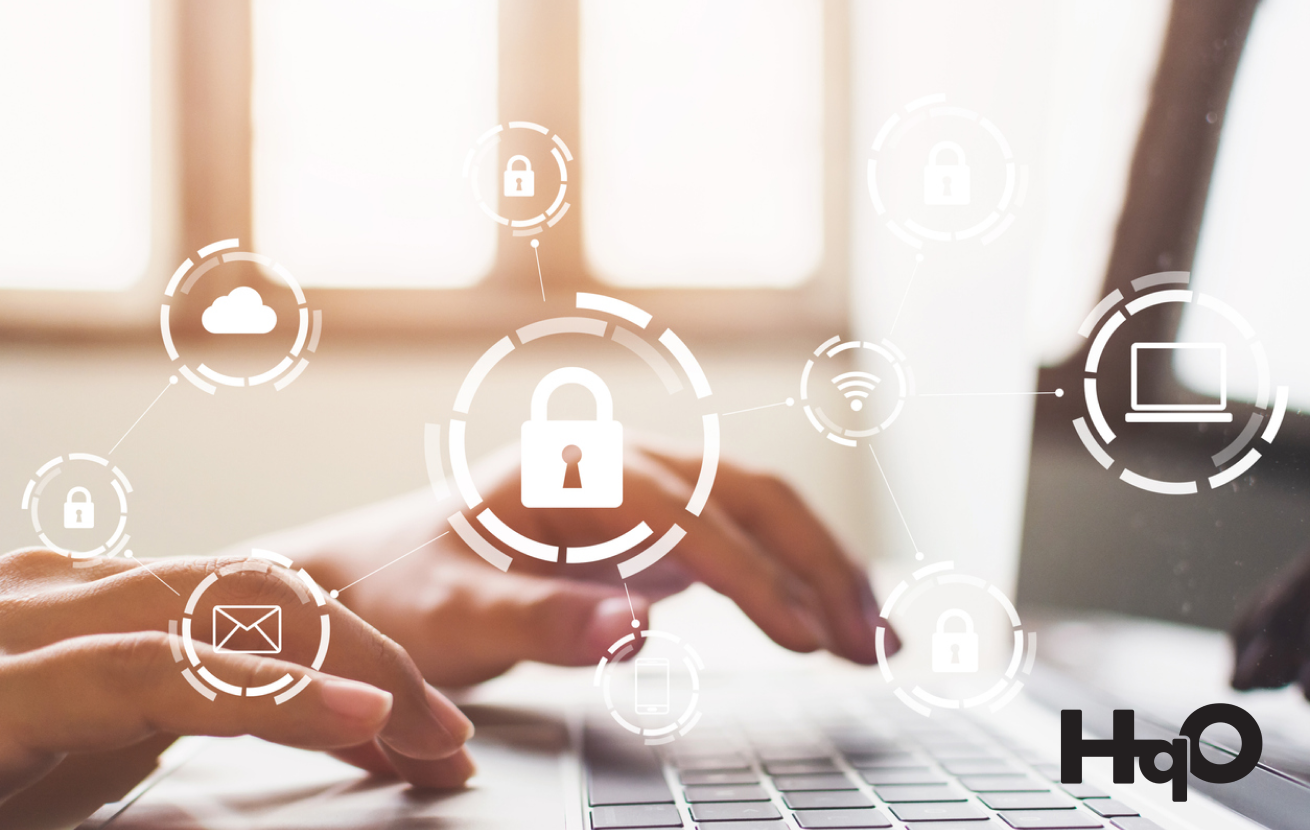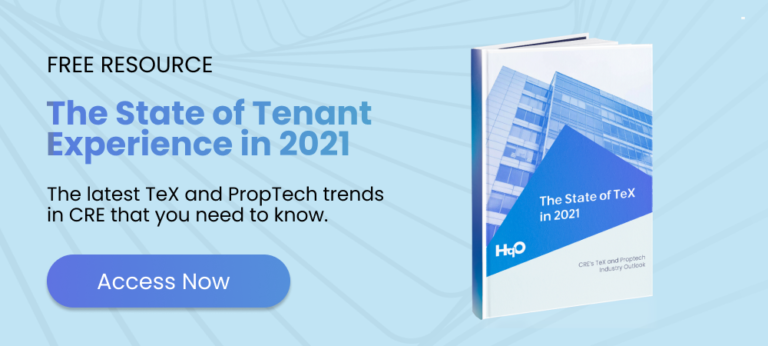Being able to successfully and efficiently manage your company’s information and digital infrastructure is imperative for today’s world. Especially in the commercial real estate (CRE) industry, the right identity and access management system can make or break a business’s security protocols, as well as their ability to adapt to the nuances associated with implementing a modern technology stack for office buildings. Let’s dive into what these systems are, and just how they can help property teams now and into the future.
How a Well-Oiled Identity and Access Management System Works
An identity and access management (IAM) system is an IT-based framework that provides solutions and protocols for managing digital identities. By provisioning, securing, authorizing, and authenticating identities, a company’s access to resources, data, and other necessary actions can be vetted and monitored. The primary goal of IAM is to provide necessary access to the right resources at the appropriate time and place.
As a mechanism for controlling a user’s access to data and its related systems, the benefits of identity and access management focuses on flexibility and efficiency. It can be configured in various ways, including:
- Restricting access so an identity can only view data without the ability to amend, add, or update it
- Permitting access to specific databases, information, and systems
- Allowing access to data so it can be created, deleted, and/or amended, but not transmitted or received beyond the system
- Restricting access so the identity can only view data
The Best Identity and Access Management Tools and Tips
Successfully implementing identity and access management tools starts with employee interaction. Educating them on best practices regarding password management and requiring them to meet certain criteria regarding those passwords is a strategic first step.
Auditing identities to ensure compliance with their interactions with various web applications is also crucial. Findings can determine whether or not more controls need to be put into place. Along the same vein, both individual and shared accounts should also be audited regularly to check for suspicious behavior or activity.
Other best practices that should be implemented include:
- Multi-Factor Authentication: While establishing identity is the first security layer, adding multi-factor authentication makes access control tools strong. Someone who is unauthorized to access certain data might be able to circumvent the first layer, but often the following ones are not as easy to infiltrate.
- Group Identities: Managing identities and their access needs to be streamlined in order for organizations — especially those with thousands of users — to operate efficiently. Implementing policies that apply to certain groups of people, such as those who are in the same department, makes it easy to give them all access to the systems and data they need to do their jobs.
- Restrict Privileged Accounts: While access to privileged accounts might be necessary in some instances, it’s best to limit their use and access. Because privileged accounts allow users to access the organization’s entire cloud, it is recommended that companies restrict users’ access to 30 minutes.
Identity and Access Management Educational Resources
Identity and access management is the responsibility of everyone in your company. Educating your IT department in the ins and outs of this sector is an investment in both your employees and your organization as a whole.
An identity and access management course can provide a host of useful tips and strategies at an affordable price point. In addition, identity and access management training typically requires a minimum amount of time to complete. Some can be finished within just an hour, while others can take as long as eight hours. Some examples of these courses can be found on reputable online learning platforms such as Udemy and other information security sites.
These courses can be complemented by official identity and access management certification courses, such as the ones offered by the Identity Management Institute. As you consider modernizing and refining this very necessary skillset, you’ll be able to add to your company’s identity and access management job description.
HqOS: Protecting Your Data, Every Step of the Way
Arming your staff with the education and tools they need to be successful is just the first step in safeguarding your organization’s data. Partnering with a company with a proven track record of protecting the security of a building’s data is crucial to your success.
HqO offers a centralized end-to-end operating system that streamlines the management of all the building’s customer-facing tools. The HqOS system effortlessly enhances digital and physical experiences while supporting data-driven decisions, innovations, and strategies that are key to the global business world.
Additionally, HqO’s Marketplace of pre-vetted systems and amenity providers work towards providing extra security for your portfolio. The HqO platform empowers commercial office owners to shop for technologies they know will be interoperable with the overall platform, and whose business relationships and deal structures are already in place. Each HqO partner, as well as HqO’s dedicated team of technology experts, follows the latest safety protocols to ensure that each technology is the best fit for your business.
Two examples of protocols that HqO takes to ensure safe information and access management practices for any corporation’s information are as follows:
- In the HqO platform, a role/permission-based permissioning scheme is used to limit user, customer, and staff access to view and interface with the data they should have access to. Resources are protected through the use of native system security that identify and authenticate users and validate access requests against the users’ authorized roles. Pre-defined security groups are utilized to assign role-based access privileges to the in-scope systems.
- Passwords are an important part of HqO’s efforts to protect its technology systems and information assets by helping ensure that only approved individuals can access these systems and assets. For staff access to high-risk systems, additional authentication methods that provide higher levels of assurance and accountability than passwords are used, like two-factor authentication. For these systems, passwords must be a minimum of 12 characters and must be updated quarterly.
Our team of experts can also help consult across tech stack implementation and interoperability; third-party assessment, procurement, and management; evolving compliance frameworks; data capture and transparency; and building access and facility management systems. Not only can our product improve upon workplace environments and make them more desirable for building occupants, but it can also resolve safety concerns relating to data and information.
To learn more about how we heighten your company’s security, as well as improve your building’s technology systems, schedule a free demo today.

